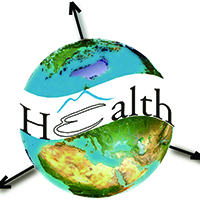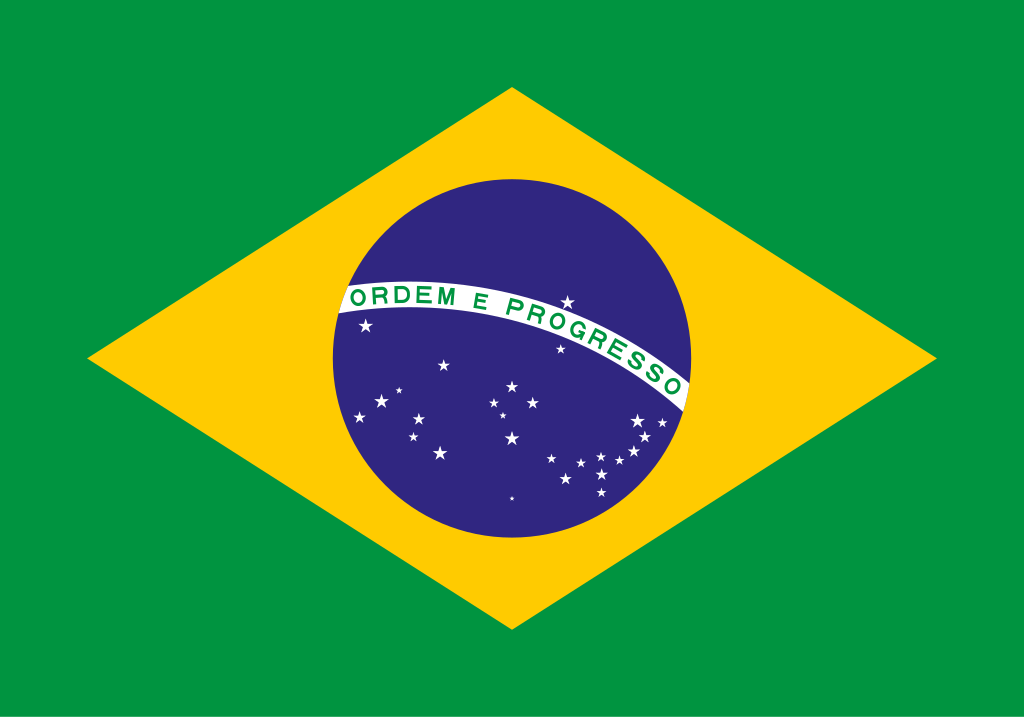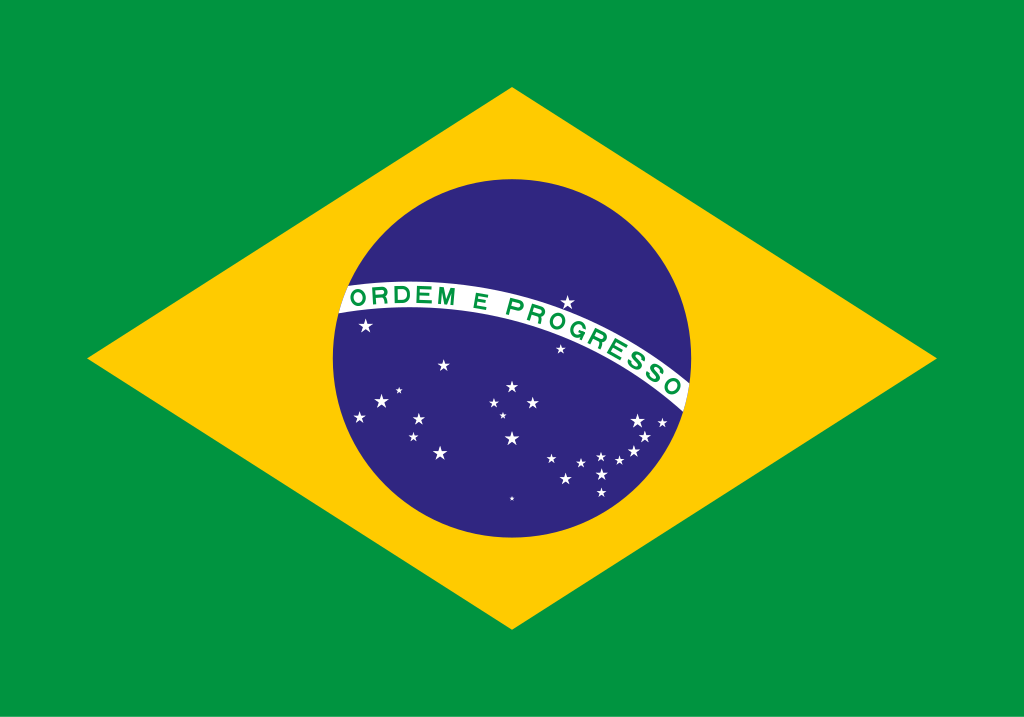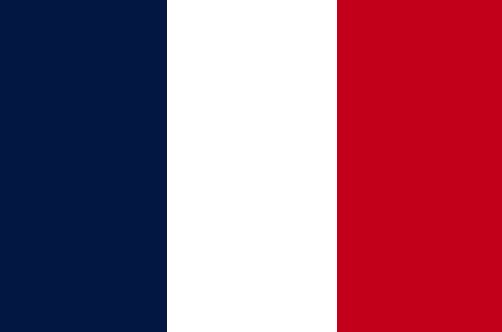Spatial variability of mother-to-child human immunodeficiency virus transmission in a province in the Brazilian Rainforest: An ecological study

All claims expressed in this article are solely those of the authors and do not necessarily represent those of their affiliated organizations, or those of the publisher, the editors and the reviewers. Any product that may be evaluated in this article or claim that may be made by its manufacturer is not guaranteed or endorsed by the publisher.
Authors
The mother-to-child transmission (MTCT) of the human immunodeficiency virus (HIV) remains a serious public health problem in the Brazilian Rainforest. This study aimed to spatially analyze this type of infection between 2007 and 2018 in Pará, which is the second-largest Brazilian state in the Brazilian Rainforest and also has the highest MTCT of HIV in Brazil. We analyzed the incidence rates of HIV (including the acquired immunodeficiency syndrome (AIDS) by MTCT as the main route of infection in children younger than 13 years old and whose mothers live in Pará. We employed spatial autocorrelation, spatial scanning, and geographic-weighted spatial regression techniques. In the period of this study, 389 new HIV/AIDS were noted, with territorial expansion of the incidence rates in the municipalities in northern and southern Pará having the highest rates. São Francisco do Pará had high spatial risk and high-spatiotemporal risk clusters comprising municipalities in western and south-western Pará between 2013 and 2016. The spatial variability of HIV/AIDS incidence rates was found to be common in the number of men and women with formal jobs; unemployed ≥18 years old people; elementary school pupils; and families enrolled in the “Single Registry for Social Programs”. The social equity approach in Pará guarantee pregnant women access to preventive, diagnostic and treatment health services and their children should be supported to eliminate the MTCT of HIV in Pará.
How to Cite

This work is licensed under a Creative Commons Attribution-NonCommercial 4.0 International License.
PAGEPress has chosen to apply the Creative Commons Attribution NonCommercial 4.0 International License (CC BY-NC 4.0) to all manuscripts to be published.










